Zimbabwe is home to over 700 species of birds, the majority of which are easily accessible by vehicle, boat or on foot. The best time to visit is October to March as most of the Palaearctic and intra-African migrants are present. However, the cooler and dryer months of May to August will enable the keen spotter to concentrate on local species. There are some small companies in the country specialising in bird safaris, and about 8-10 knowledgeable bird guides country-wide.
The country can be split into 4 major areas, each with its own population of birds – as below:
Montane & Eastern Border Blue-spotted Dove, Scarce Swift, Stripe-cheeked Bulbul, Swynnerton’s Robin, Chirinda Apalis, Moustached Warbler, Singing Cisticola, Short-winged Cisticola, Red-winged Warbler, Briar (Robert’s) Warbler, White-tailed Flycatcher, Black-fronted Bush Shrike, Bronze Sunbird, Yellow-bellied Sunbird, Fire-crowned Bishop, Red-faced Crimsonwing, East African Swee.
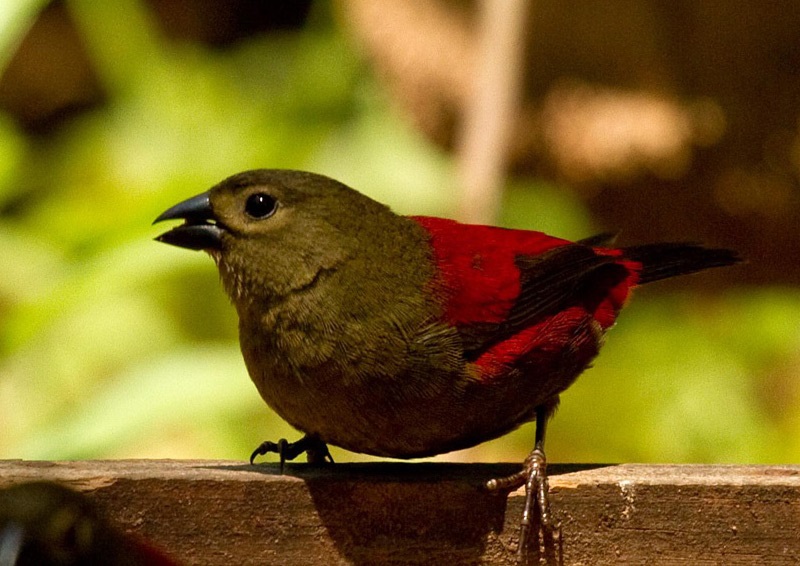
Zambesi Valley Western Banded Snake-Eagle, Long-toed Plover, Rock Pratincole, African Skimmer, Lilian’s Lovebird, White-browed Coucal, Collared Palm Thrush, Livingstone’s Flycatcher.
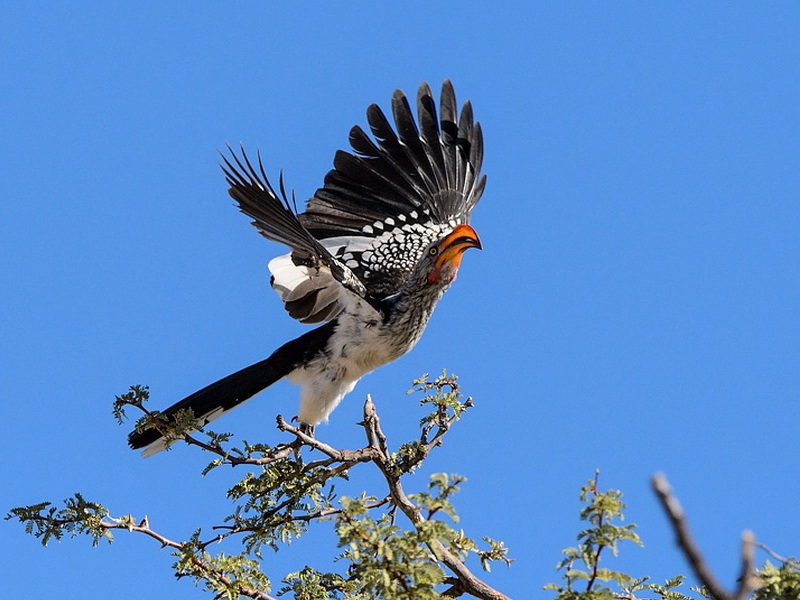
Central Plateau Streaky-breasted Flufftail, Black Coucal, Spotted Creeper, Pink-throated Longclaw, Miombo Double-collared Sunbird, Violet-backed Sunbird, & Locust Finch.
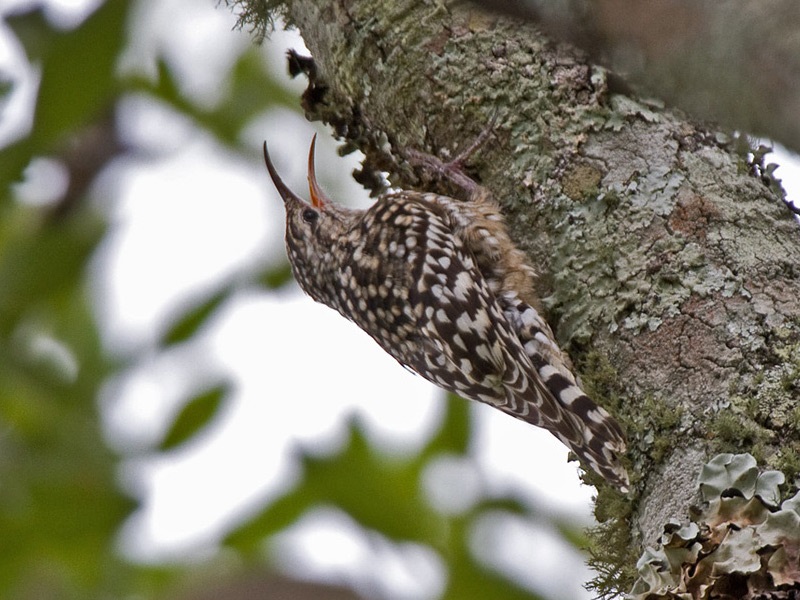
Western Kalahari Burchell’s Sandgrouse, Yellow-throated Sandgrouse, Bradfield’s Hornbill, Pied Babbler, Kalahari Scrub Robin, Yellow-billed Oxpecker.
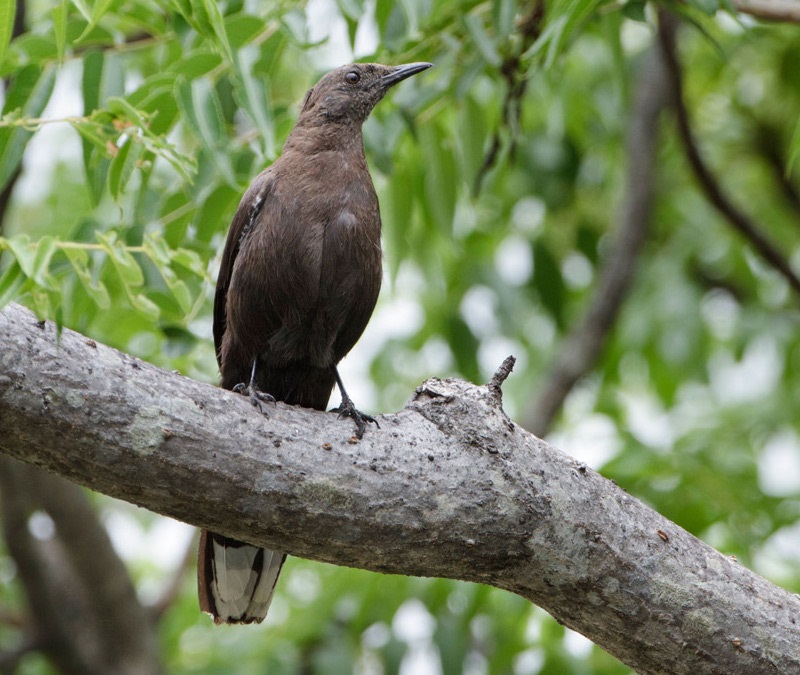
Country-Wide (southern-African birds centred in Zimbabwe) Taita Falcon, Grey-headed Parrot, Pel’s Fishing Owl, Pennant-winged Nightjar, Mottled Swift, Mottled Spinetail, Bohm’s Spinetail, Slender-billed Honeyguide, Mosque Swallow, Eastern Saw-wing Swallow, White-breasted Cuckooshrike, Northern Grey Tit, Miombo Rock Thrush, Arnot’s Chat, Boulder Chat, Mashona Hyliota, Red-faced Crombec, Tropical Boubou, Long-tailed Starling, Lesser Blue-eared Starling, Coppery Sunbird, Yellow White-eye, Yellow-backed Widow, Golden-backed Pytilia, Red-throated Twinspot, Broad-tailed Paradise Whydah, Black-eared Canary, Cabanis’s Bunting.
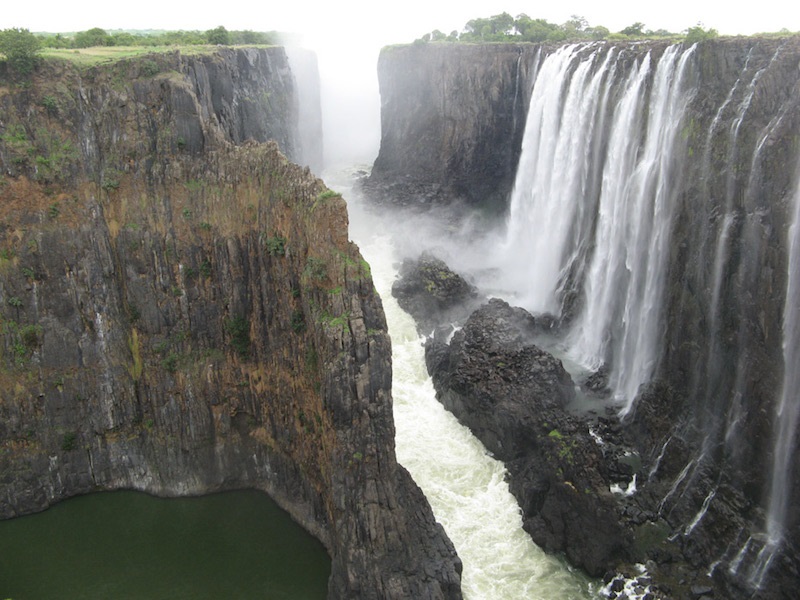
Northwest Triangle (Victoria Falls) Slaty Egret, Schalow’s Lourie, Copperytailed Coucal, Swamp (Natal ssp) Nightjar, White-rumped (Hartlaub’s) Babbler, Greater Swamp Warbler, Luapula (Black-backed ssp) Cisticola, Chirping Cisticola, Marsh (Cape ssp) Wagtail, Swamp Boubou, Burchell’s Starling, Brown-throated Weaver, Red-shouldered Whydah, Brown Firefinch, and at certain times of the year Pygmy Goose, Lesser Jacana, Longbilled (Ethiopian ssp) Snipe, Rock Pratincole, African Skimmer, Shelley’s Sunbird, and Redheaded Quelea.
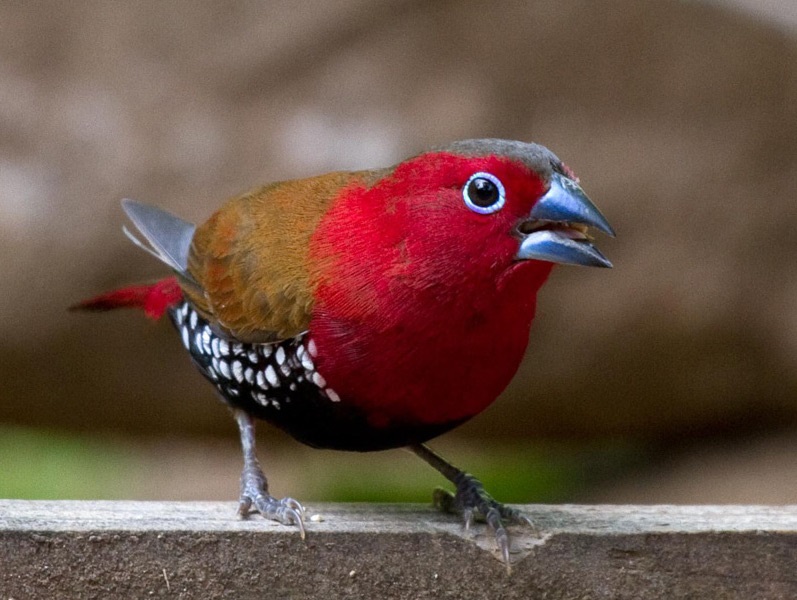
As can be seen from the list above, most of the special Okavango species can be seen easily at Kazungula swamp – a private safari area – west of Victoria Falls and at less cost in money and time than travelling to Okavango, – between 200-300 species have been noted there each month. Bookings for a day visit to the swamp or to stay at the up-market camp can be made with Chris or through the owners at wildhori@samara.co.zw.
The Victoria Falls area of about 2500 sq. km boasts a bird-list now exceeding 450 species annually and the Hwange National Park is 100 km south of Victoria Falls where there are other species not found further north.

Whilst the rest of the country has some security problems at present, they do not affect the northwest. Regional flights from international destinations can be made direct to Victoria Falls or Livingstone (Zambia); and the area of northwest Zimbabwe, southern Zambia and northeastern Botswana is within easy and safe access from these two airports.
Major Source: © Fatbirder
Photo Source: © Birding Ecotours
Map Source: © Wiki Commons
